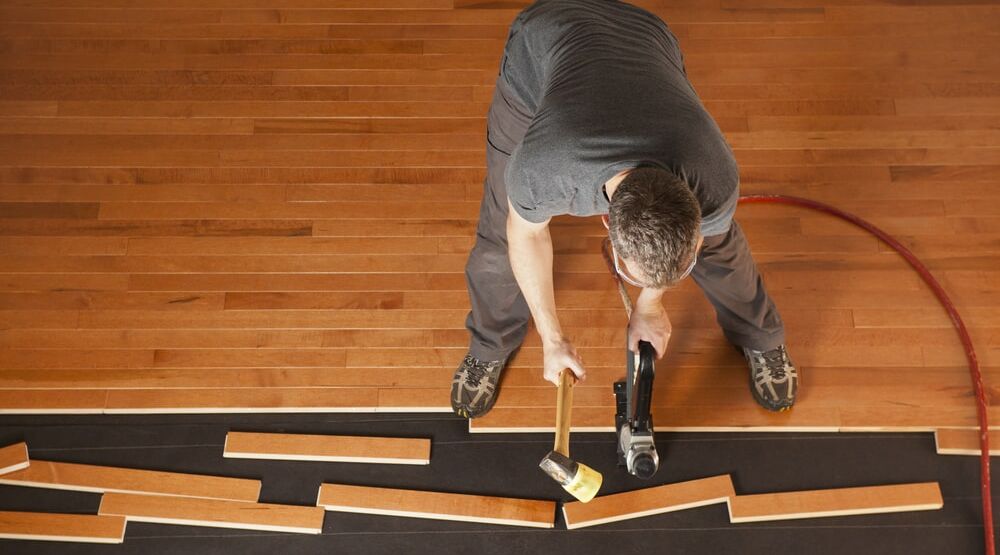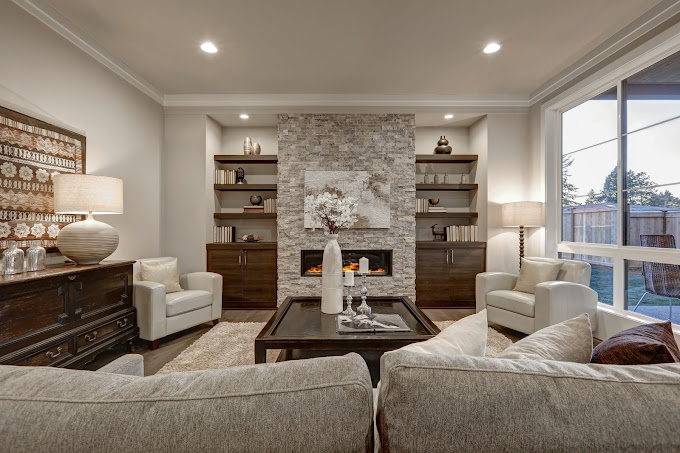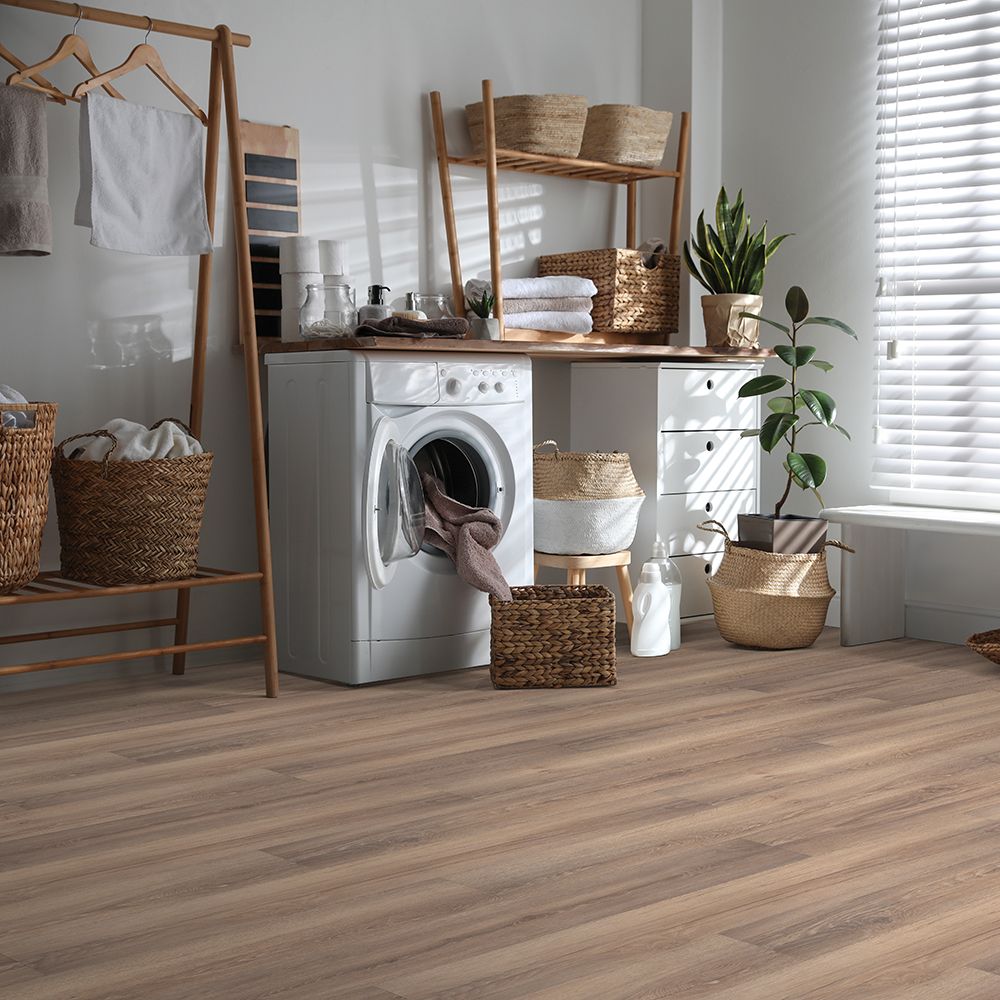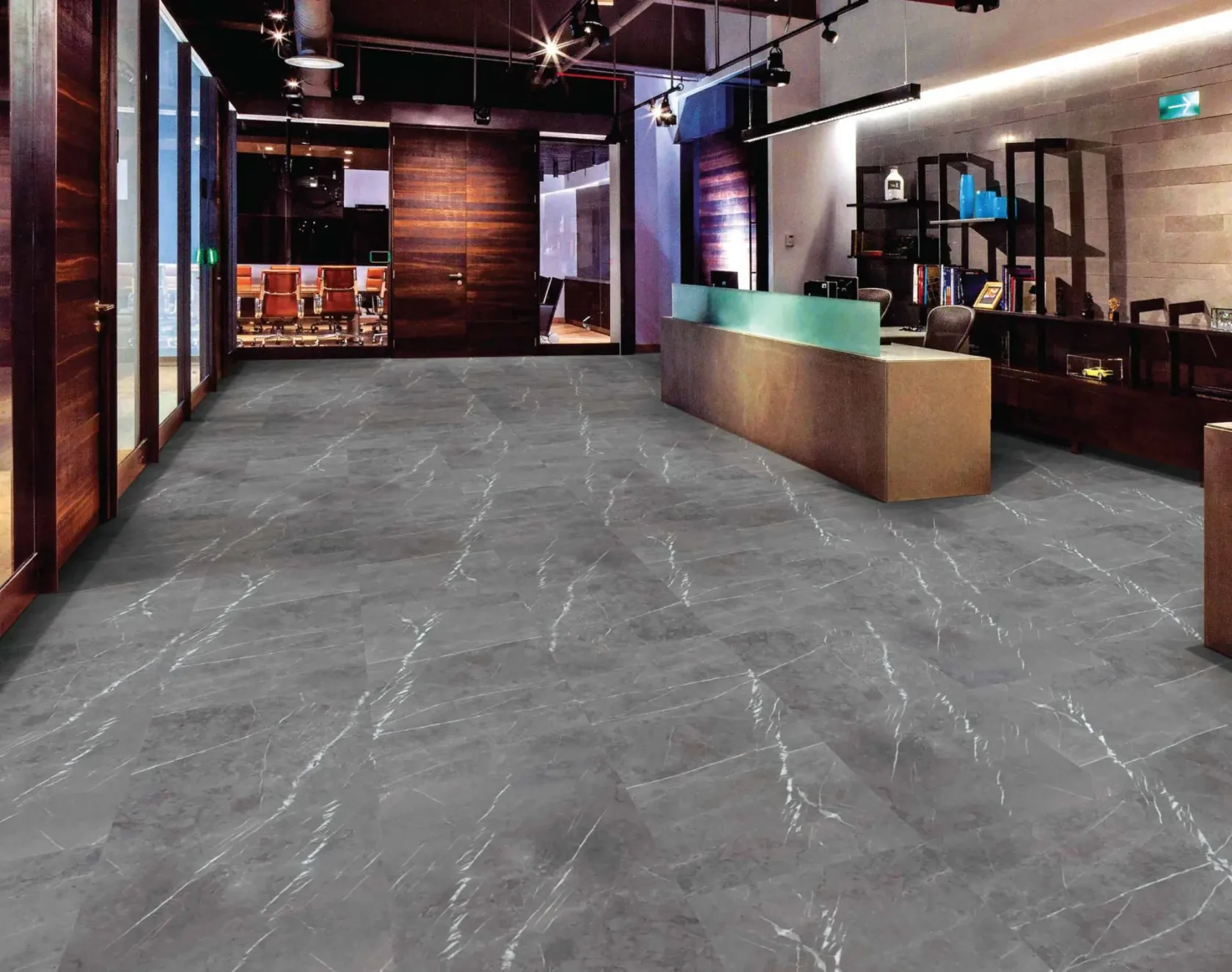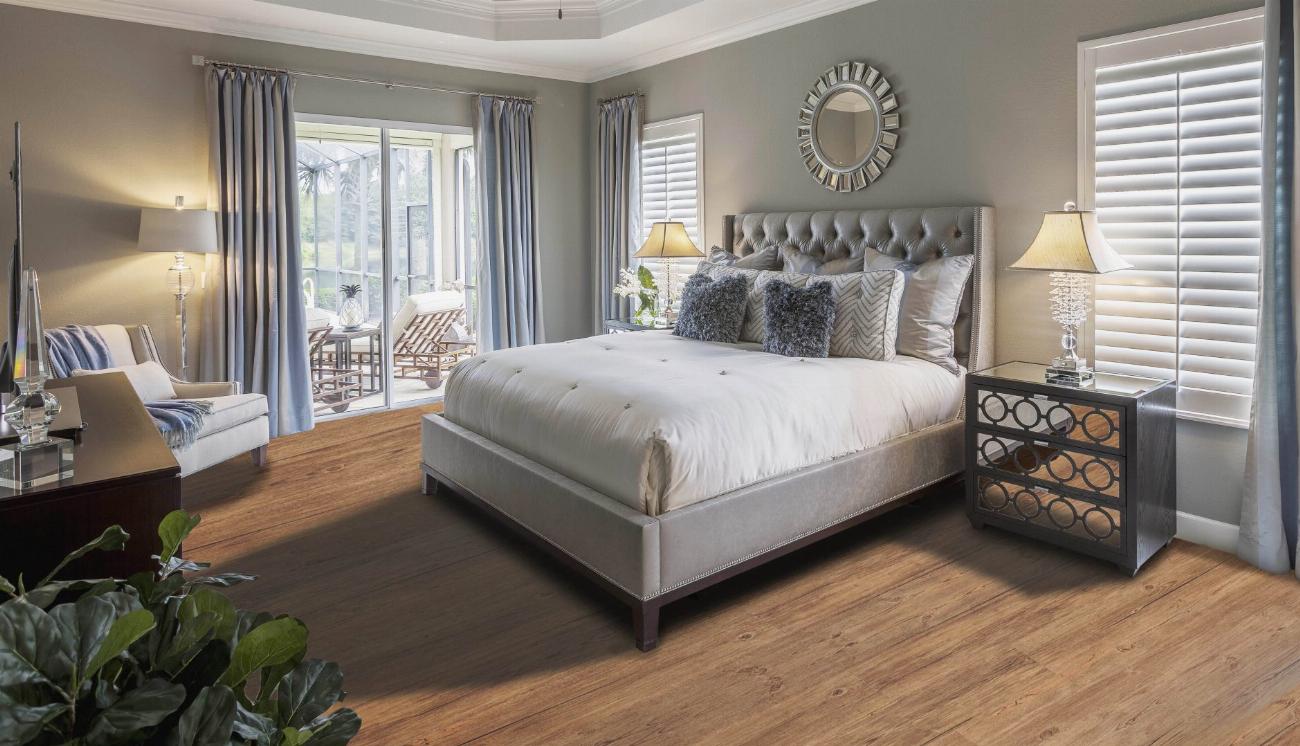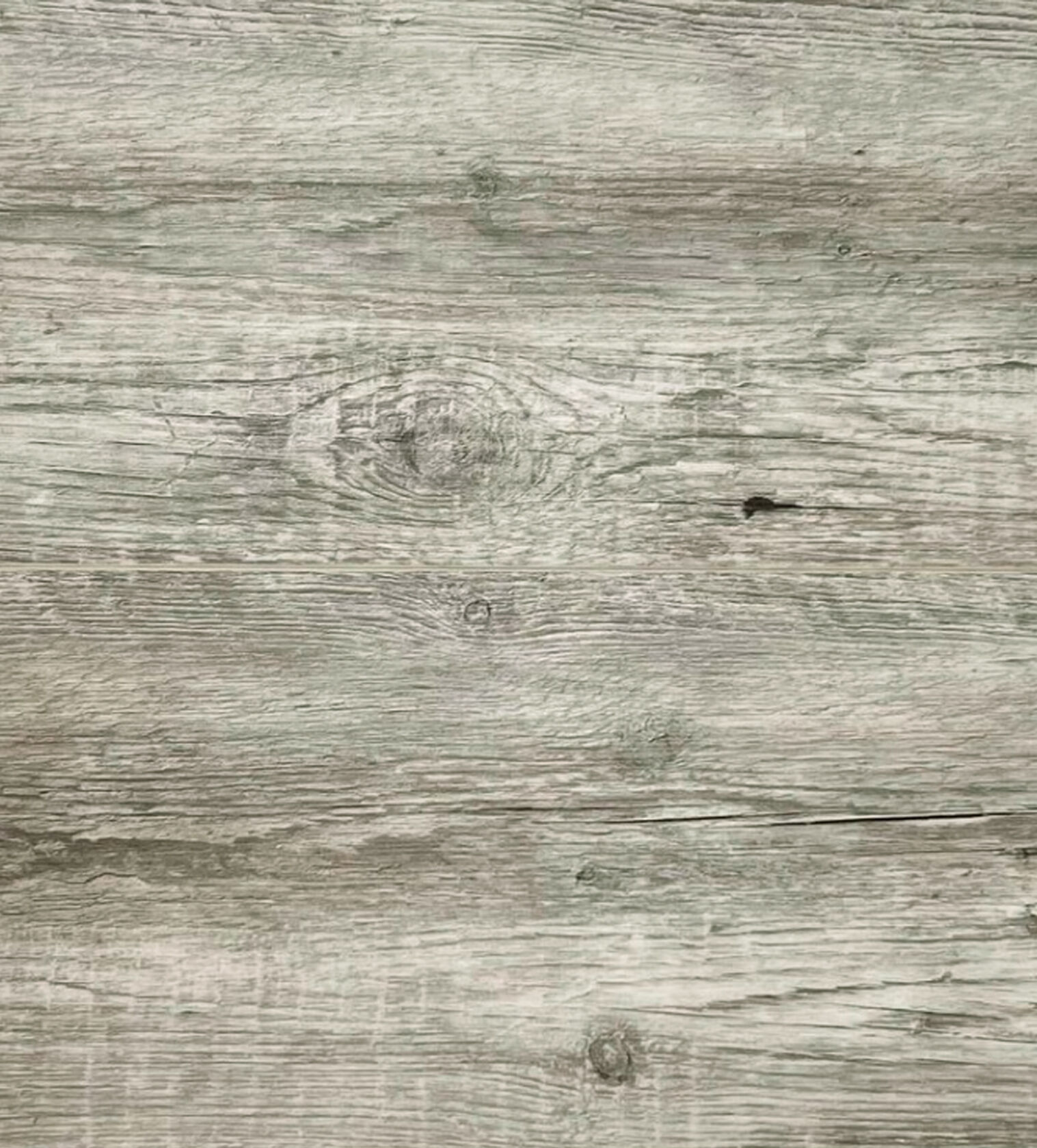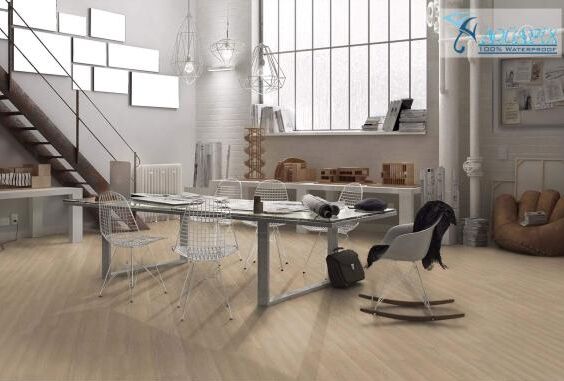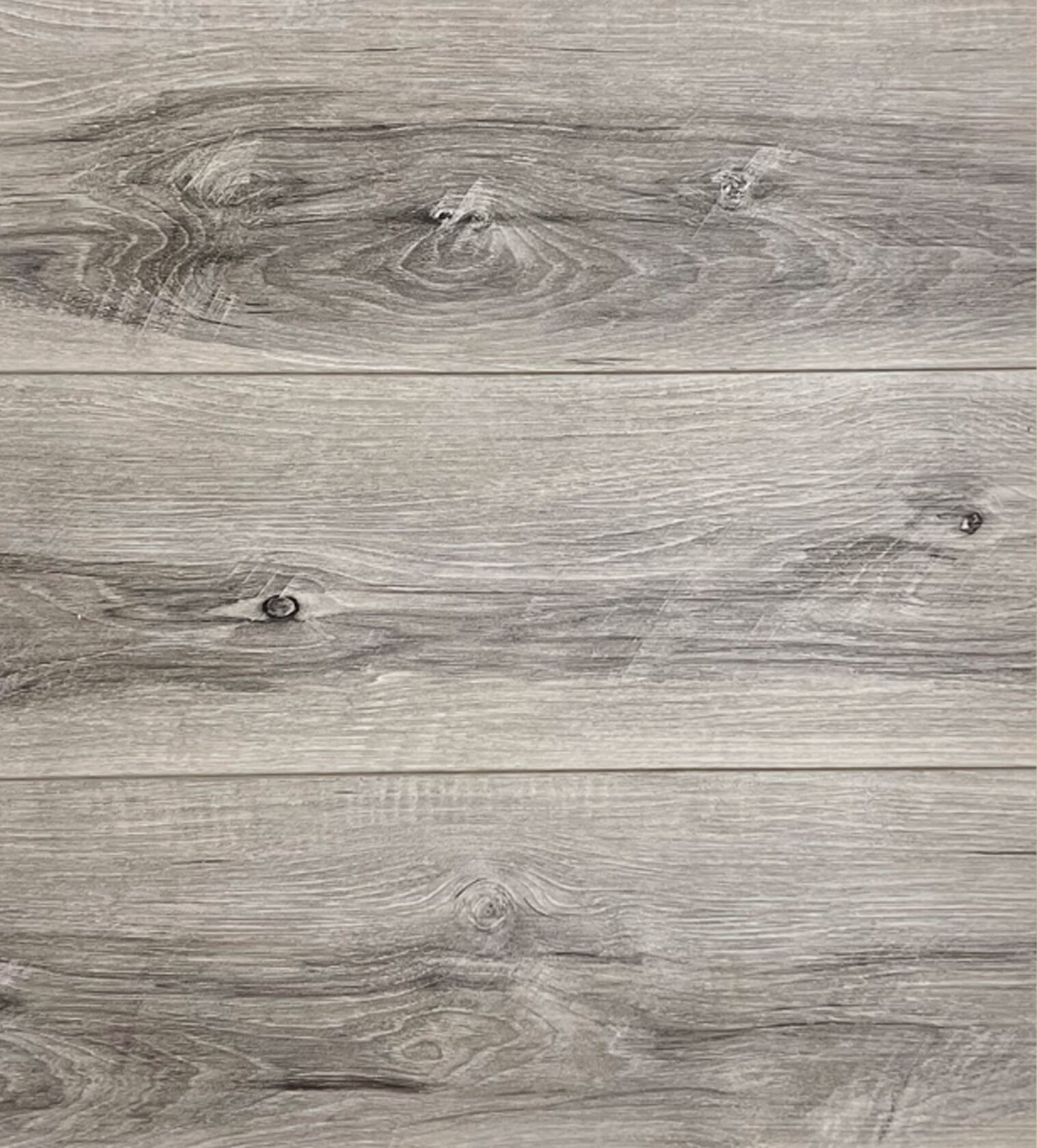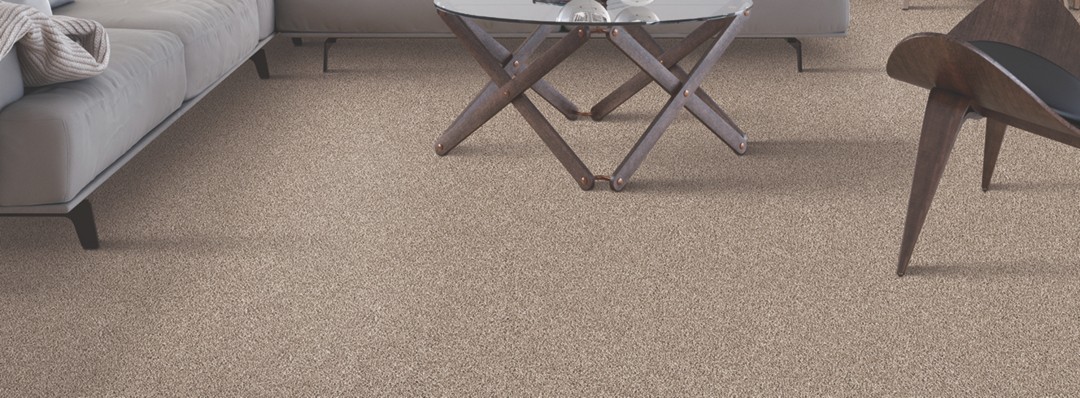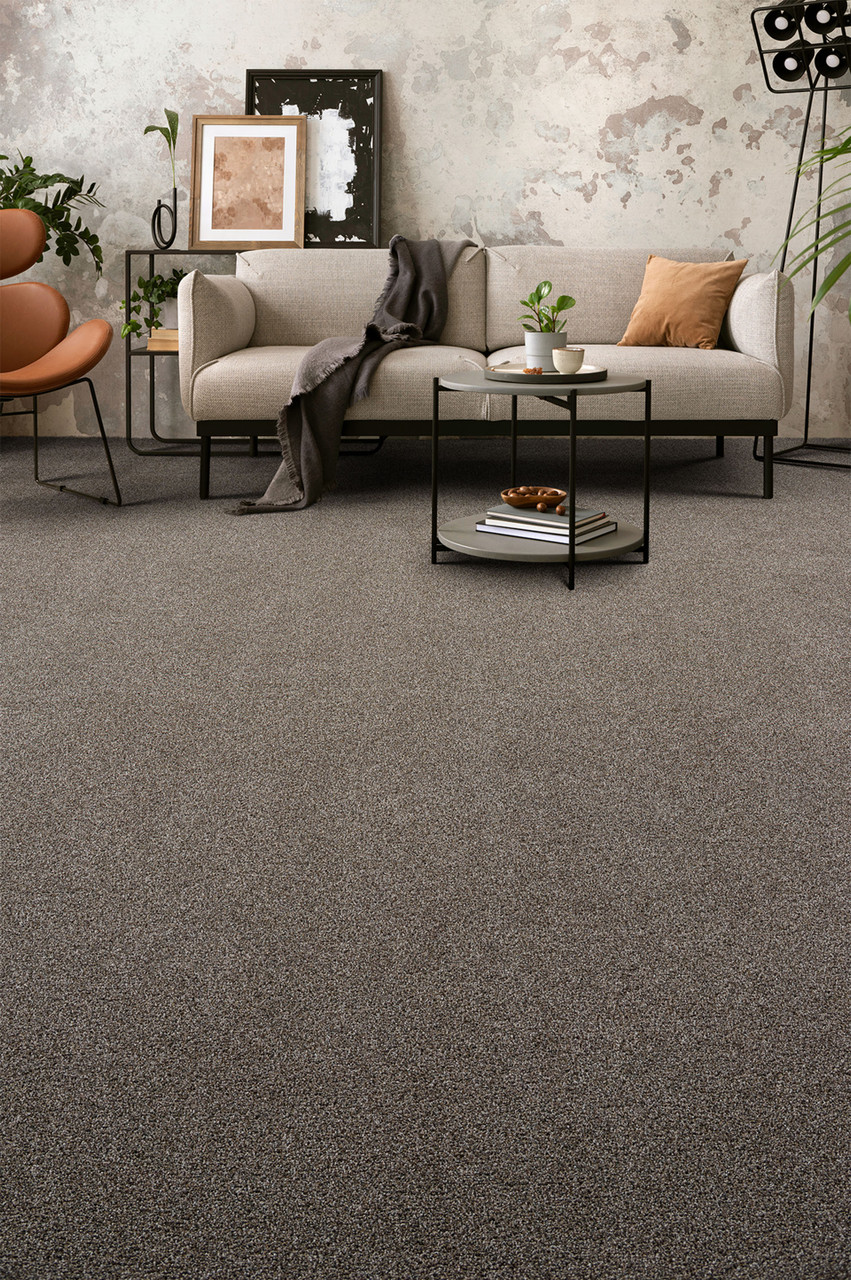Hardwood flooring is constructed in two ways, solid and engineered each having their own positives and negatives. Solid hardwood was originally designed for structural purposes, being installed perpendicular to the houses joists. As building code updated and technology increased, solid hardwood was refined into what it is today.
Although the flooring had improved since the first iterations, there was always the glaring issue of moisture. Depending on what environment the solid wood was being installed into problems would arise. In areas with dry climates, it was typical for the wood to end up with gaps between the boards. This was generally due to moisture being lost from the wood, creating a shrinking effect in the direction the woods grain flows.
Engineered Hardwood Is More Dimensionally Stable
In humid environments, the opposite effect occurs, generally resulting in the swelling of boards. This led the industry to create a new type of hardwood that was engineered to be more dimensionally stable.
The idea of layering plywood with 90-degree turns would mean the wood could not expand or contract in only one direction. It would expand/contract in all directions creating a more stable product during a change in moisture levels. These engineered floors have also evolved over time and are now available in many forms.
Now that both Solid and Engineered hardwood has had time to develop, both have become popular choices for flooring your home.
Solid Hardwood
Produced from a single piece of wood, solid hardwood is sawed directly out of the log. It is then shaped with a rotor to create a tongue and groove system. This gives the installer something to nail, cleat or glue without being seen when the floor is complete.
Solid hardwood is created ¾” thick with widths from 2 ¼ “to 7”. Random lengths from 1 to 5 feet is common as well, with longer boards being more sought after and costly. Site finished hardwood is shipped naked, with the stain and wear layer applied after installation. Pre-finished hardwood would be stained and top coated at the production facility.
Generally, the top coat is applied in multiple layers, each being cured under intense UV light.
We Do Not Recommend Anything Wider Than 3 ½”.
When referring to solid hardwood in Calgary specifically, we do not recommend anything wider than 3 ½”. This is solely due to our dry climate, as solid wood in wider profiles have a very high chance of gaping in Alberta. So why go with solid then? It all comes down to how long you need the flooring to last.
Solid hardwood can be sanded down and refinished multiple times throughout its life, this translates to a floor that could last 30+ years with the proper maintenance. This is the biggest advantage solid hardwood has over engineered.
Engineered Hardwood
Exactly as its name infers, engineered hardwood is designed and created to imitate the look of solid wood. As with anything manufactured, there are several different ways it can be produced. The first aspect to consider is how the wood veneer is cut out of the log.
There are three general methods for creating this veneer.
The first is called Rotary-peel, in which a boiled log is peeled by a blade around its circumference. The downside to this method is that the wood tends to cup as it is trying to go back to its original shape.
The second method is Sliced-peel, which is done in a similar fashion except peeled along the length of the log instead. This is slightly more reliable against cupping as the woods natural state is flat.
The final and best way to create a veneer is the Dry Solid-sawn method. This refers to the method of cutting a dry log into 4mm – 5mm thick sections. This method will not only give you the longest lasting product but also tends to give the best visual appeal. In all three cases, the veneer layer is then adhered to a multi-layered plywood, which is then tongue and grooved.
Engineered Hardwood Thickness
The next aspect to consider is the overall thickness of the engineered hardwood. Unlike solid hardwood, engineered can come in many thicknesses. The most common thicknesses are ¾” & ½”, with some engineered wood being produced even thinner.
Anything under ½” cannot be installed as a floating floor and would require nailing or gluing down to the subfloor. The difference between the ½ “& ¾” generally comes down to the height of other things in the home. If you are butting up the hardwood to a tile floor, the ¾” hardwood generally lines up nice and flush. The ½” however ends up at a lower point and would require a transition when meeting the tile to avoid a tripping hazard.
Another scenario the thickness will come into play is if you rip out an existing floor and need something that will still fit under baseboards, trim or door jams. In this case, a ½” hardwood may work better. The last factor affected by the thickness is the price. As they are using more material to make a ¾” hardwood than they are to make a ½”, the cost of the ¾” will be higher. This is something to keep in mind as well when figuring out your budget.
What To Consider
Ultimately there are many things to consider when entering the market for hardwood. The key is to identify what type of wood you prefer, what type of construction best suits your needs and finally what options you have within your budget.
Deerfoot Carpet & Flooring has an extensive collection of solid and engineered hardwood, along with experienced staff to help guide you through the process.



